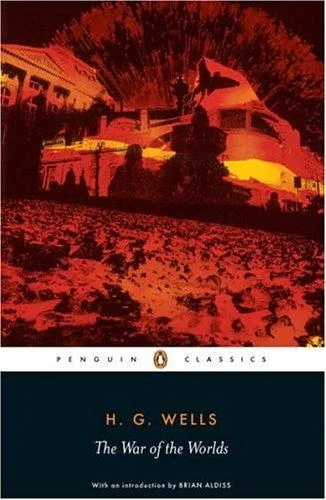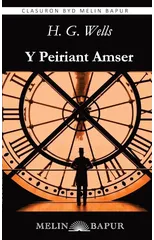'For countless centuries Mars has been the star of war' The night after a shooting star is seen streaking through the sky from Mars, a cylinder is discovered on Horsell Common near London. At first, naive locals approach the cylinder armed just with a white flag - only to be quickly killed by an all-destroying heat-ray as terrifying tentacled invaders emerge. Soon the whole of human civilization is under threat, as powerful Martians build gigantic killing machines, destroy all in their path with black gas and burning rays, and feast on the warm blood of trapped, still-living human prey. The forces of the Earth, however, may prove harder to beat than they at first appear. The first modern tale of alien invasion, The War of the Worlds remains one of the most influential of all science-fiction works. Part of a brand-new Penguin series of H. G. Wells's works, this edition includes a newly established text, a full biographical essay on Wells, a further reading list and detailed notes. The introduction, by Brian Aldiss, considers the novel's view of religion and society.
H.G. Wells
H.G. Wells was a prolific English writer best known for his science fiction novels. His most notable works include "The War of the Worlds," "The Time Machine," and "The Invisible Man." Wells' writing style was characterized by his imaginative storytelling, social commentary, and exploration of scientific concepts. He is often credited with popularizing the science fiction genre and influencing future writers in the field. "The War of the Worlds" remains his most famous work, depicting a Martian invasion of Earth and exploring themes of imperialism and the resilience of humanity. Wells' contributions to literature have had a lasting impact on the genre of science fiction and continue to be celebrated to this day.











